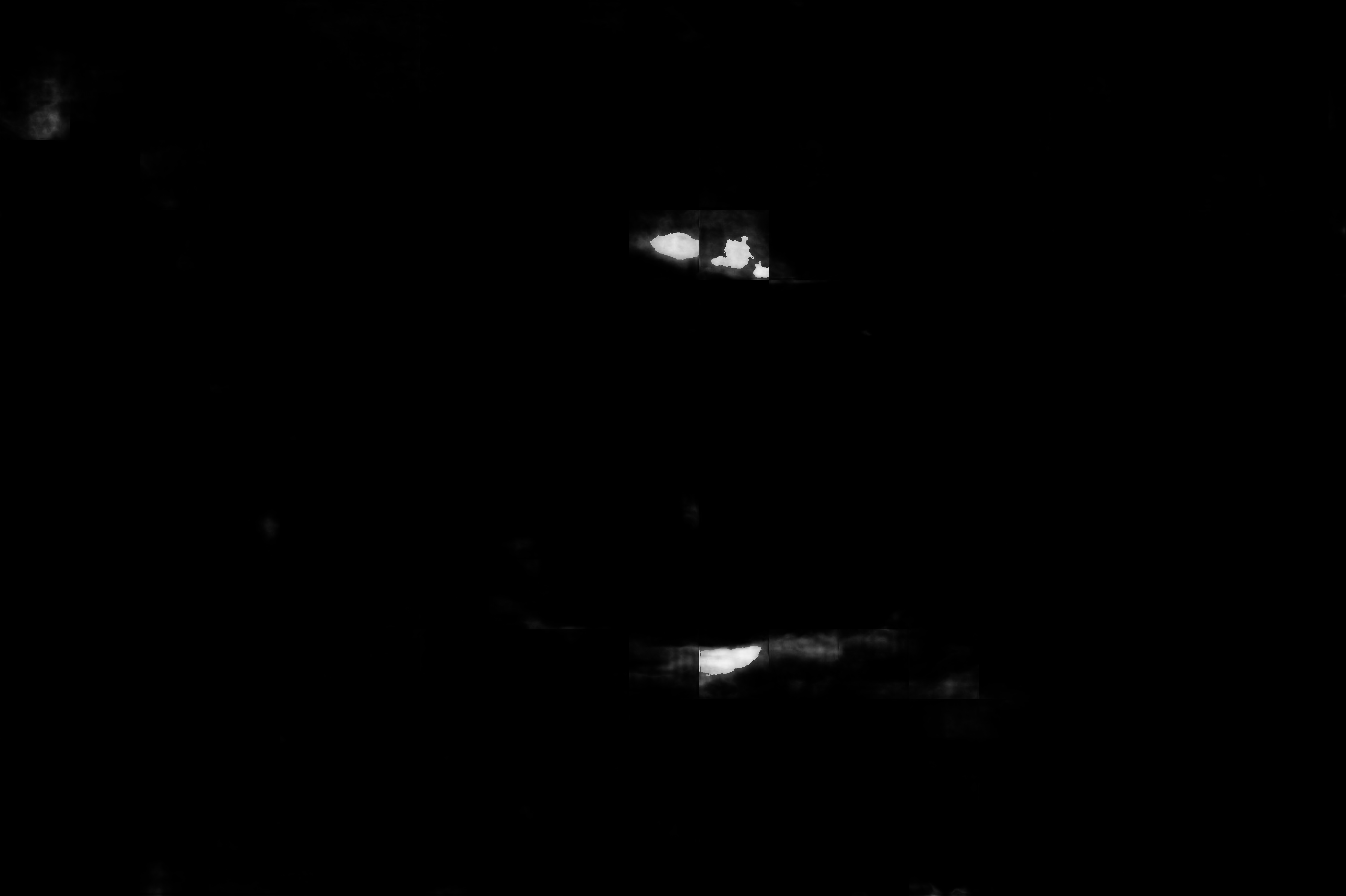ISS042-E-101371
| NASA Photo ID | ISS042-E-101371 |
| Focal Length | 500mm |
| Date taken | 2015.01.06 |
| Time taken | 23:30:05 GMT |
1000 x 666 pixels 540 x 360 pixels 2464 x 1640 pixels 720 x 480 pixels 4928 x 3280 pixels 640 x 426 pixels
Country or Geographic Name: | RUSSIAN FEDERATION |
Features: | KAMCHATKA, BOLSHAYA AND OPALA VOLCANOES (from public image detectives, not NASA): KAMCHATKA,FORMER LENINO AIR BASE,IPELKA VOLCANO,UST BOLSHERETSK RUSSIA,OPALA VOLCANO,BOLSHAYA RIVER,RUSSIA,BOLSHAYA IPELKA VOLCANO |
| Features Found Using Machine Learning: | |
Cloud Cover Percentage: | 10 (1-10)% |
Sun Elevation Angle: | 13° |
Sun Azimuth: | 157° |
Camera: | Nikon D4 Electronic Still Camera |
Focal Length: | 500mm |
Camera Tilt: | High Oblique |
Format: | 4928E: 4928 x 3280 pixel CMOS sensor, 36.0mm x 23.9mm, total pixels: 16.6 million, Nikon FX format |
Film Exposure: | |
| Additional Information | |
| Width | Height | Annotated | Cropped | Purpose | Links |
|---|---|---|---|---|---|
| 1000 pixels | 666 pixels | No | No | Earth From Space collection | Download Image |
| 540 pixels | 360 pixels | Yes | No | Earth From Space collection | Download Image |
| 2464 pixels | 1640 pixels | No | No | NASA's Earth Observatory web site | Download Image |
| 720 pixels | 480 pixels | Yes | Yes | NASA's Earth Observatory web site | Download Image |
| 4928 pixels | 3280 pixels | No | No | Download Image | |
| 640 pixels | 426 pixels | No | No | Download Image |
Crews aboard the International Space Station took this snowy view of two volcanoes in Russia's Far East. The image is centered on the Bolshaya Ipelka volcano that measures 40 km (25 miles) wide at its base--considered by geologists to be the largest volcanic structure in southern Kamchatka. But this older volcano is inactive with deep valleys along its flanks that were excavated by glaciers flowing radially out from the summit zone during the ice ages of the last two million years. The summit is the most severely eroded part of the original cone and originally had a much higher elevation than its present altitude of 1155 m (3785 feet). By contrast, the much smaller Opala stratovolcano--the cone only measures 14.5 km (9 miles) across at the base--is still active (it last erupted about 300 years ago) and therefore shows the classic cone shape. In this uneroded state Opala reaches a much greater altitude (2475 m, 8120 feet) than Bolshaya Ipelka. The summit is high enough that on this day it was obscured by a small cloud.
Over the years ISS crews have imaged several volcanoes in this volcanically active part of the world. Low sun angles give dramatic three dimensional shots--such as
Kronotsky and Avachinsky. In some cases eruption activity can be subtle when seen from orbit. Other cases show dramatic eruptions such as those at Shiveluch and Kliuchevskoi.



